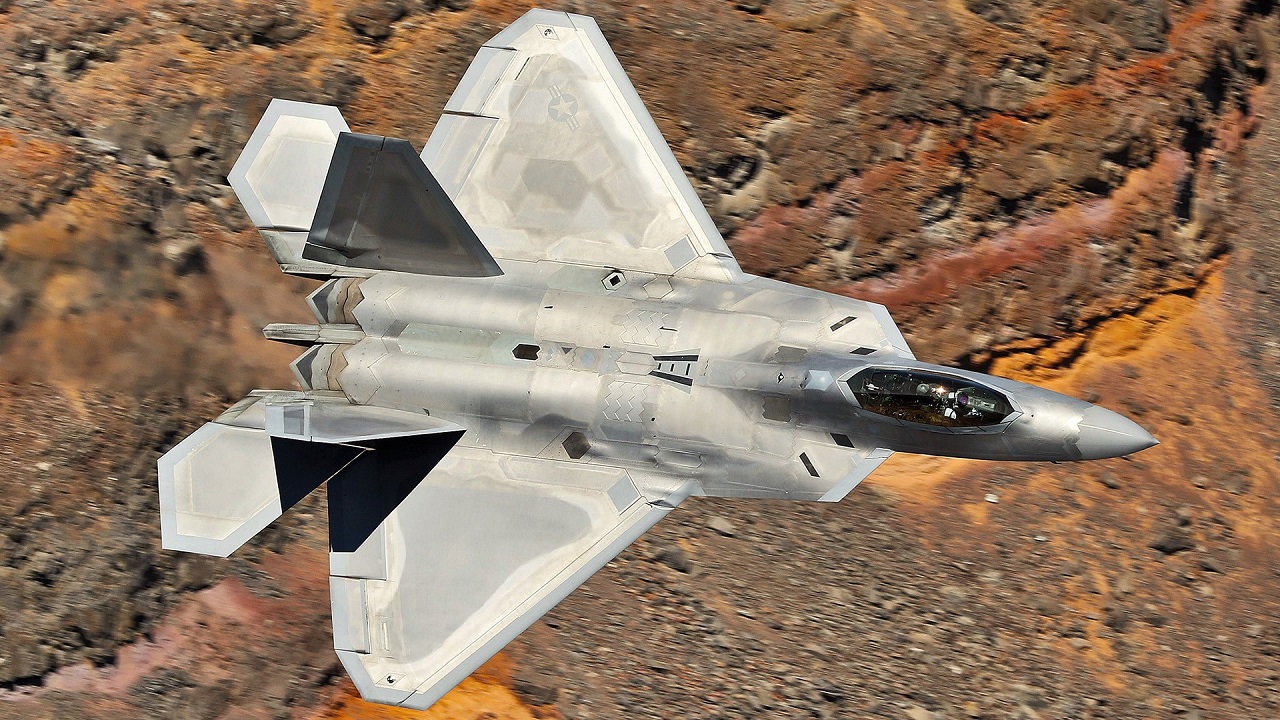The Air Force has been clear about its plans to retire the F-22 Raptor in the 2030s, seemingly drawing a parallel between it and another legendary air-to-air fighter that flew into the sunset sooner than many had hoped — the Navy’s F-14 Tomcat.
(Subscribe to Our YouTube Channel Here.)
You may be asking yourself, how are older jets like the F-15 and F-16 still in service if the F-22 is aging out of relevance? It’s a fair question — and like the Tomcat in the early 2000s, the answer comes down to a simple matter of cost versus capacity.
Unlike the Raptor, which has been out of production for more than a decade, the F-15 and F-16 never really stopped rolling off the assembly line floor. America’s new F-15EX, for instance, benefits from a breadth of avionics upgrades that required the same sort of hardware changes that seem prohibitively expensive for the Raptor — but most of those upgrades were actually funded over time by foreign customers like Qatar and Saudi Arabia.
Importantly, because these aircraft are widely operated and still in production, sustainment costs are lower, logistics are simpler, and parts are much easier to come by. The F/A-18 Super Hornet is also an older platform that remains in service, but it too is now expected to retire sometime in the 2030s.
The balance of cost versus capacity
The Air Force has to make some tough decisions about cost because it has very little leeway when it comes to requirements for capacity — or the number of jets needed to fill America’s defense obligations. The fact of the matter is, no matter how capable a single fighter may be, it can still only be in one place at a time — and that means ensuring the Air Force has enough fighters to meet its needs.
One Raptor may have a decent shot at downing three F-16s in a single sortie, but it can’t actually do the jobs of those three F-16s all at once. In other words, capability is sometimes just not as valuable as capacity. If you need 400 fighters to fulfill your mission requirements but can only afford 200 stealth jets, you may need to operate just 100 stealth jets and 300 cheaper 4th-generation fighters in order to get the job done.
This question of cost versus capacity isn’t a new one. In fact, it was presented as justification for the early dismissal of another dogfighting dynamo that was beloved by just about everyone (except by its maintainers and the DoD’s accountants) — the Grumman F-14 Tomcat.
The Raptor and the Tomcat
Entering service in 1974, the F-14 has been called the world’s first 4th generation fighter by some, and while that title is subject to debate, the F-14’s sheer combat potential coupled with its wild popularity following its appearance in 1986’s Top Gun could be seen as a parallel to today’s Raptor. While all of America’s fighters have fan clubs of their own, few are as widely beloved among aviation fans as the Tomcat or the Raptor.
In fact, the F-14’s $38 million price tag back in the early ’70s may seem like a bargain today, but when adjusted to 2022’s inflation, it comes out closer to $230 million per airframe — only a million more than the F-22’s per-unit price of $150 million per airframe when also adjusted to today’s inflation. And while the troublesome radar-absorbent coating and limit-pushing performance of the Raptor reportedly require between 40 and 43 hours of maintenance for every flight hour, the Tomcat reportedly needed as many as 50 hours of work or more for each hour in the sky, thanks to its complex variable geometry wings and… well, its limit-pushing performance.
Like the Tomcat, the Raptor was built to win a global conflict that never came and that would have justified its immense expense and maintenance requirements against a backdrop of looming nuclear annihilation. When these threats passed, the high costs of these fighters became harder to justify in political debate, resulting in the early retirement of both in comparison to their peers.
It’s entirely likely that, like the F-14, the F-22 will retire without ever seeing the war it was designed to fight. And like the Tomcat, some of the credit for deterring that terrible war rests squarely on the Raptor’s wings.
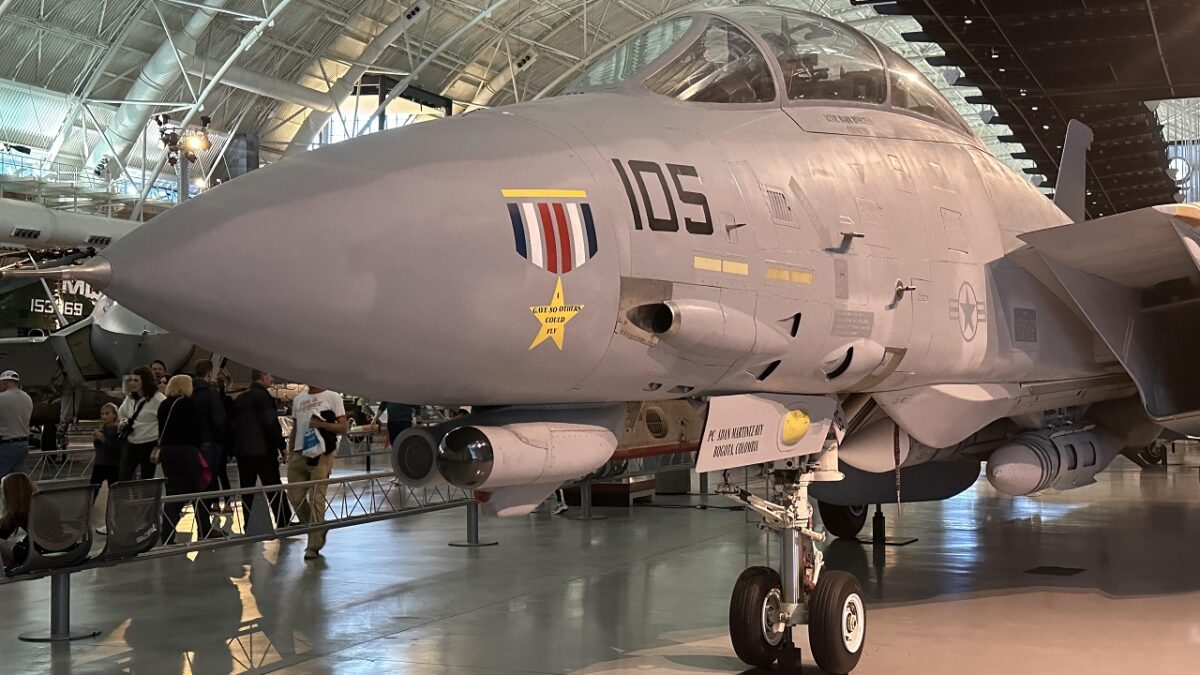
F-14 Tomcat. Image taken at National Air and Space Museum on October 1, 2022. Image by 19FortyFive.
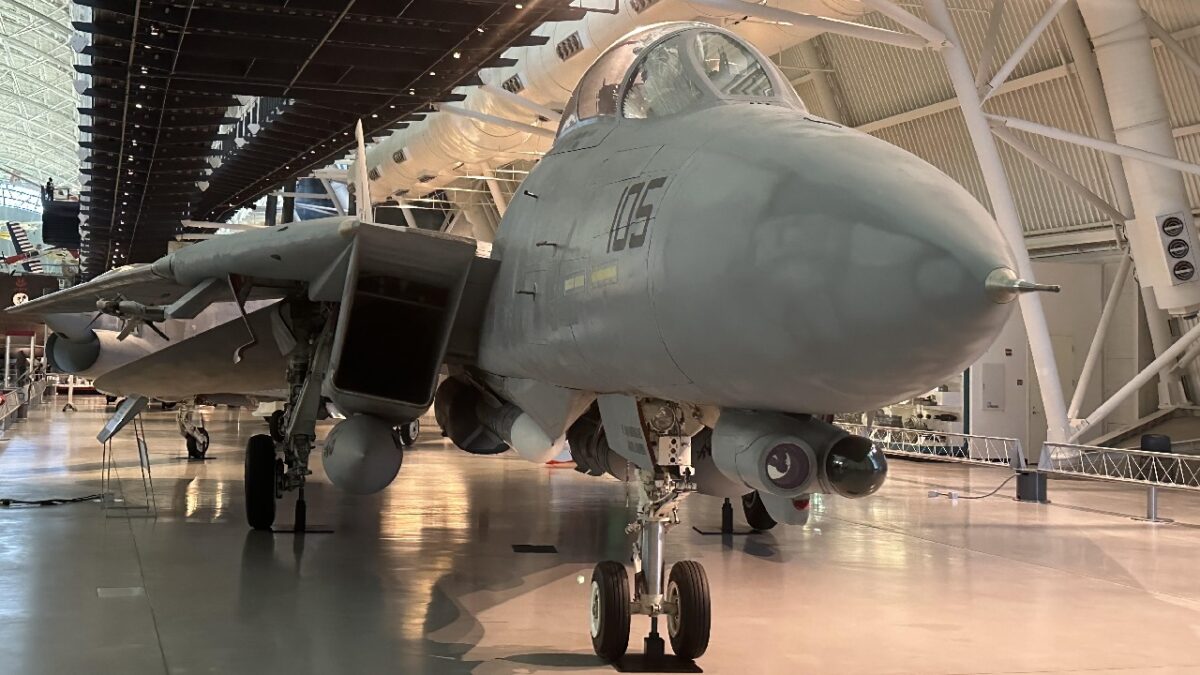
F-14 Tomcat. Image taken at National Air and Space Museum on October 1, 2022. Image by 19FortyFive.
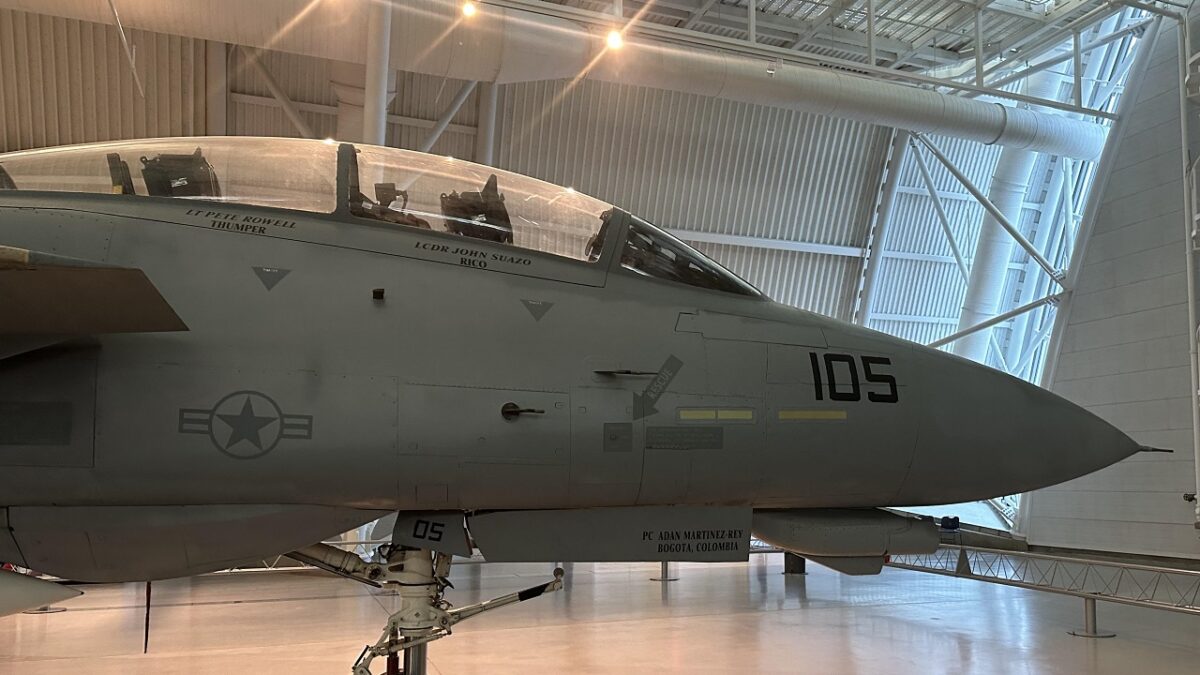
F-14 Tomcat. Image taken at National Air and Space Museum on October 1, 2022. Image by 19FortyFive.
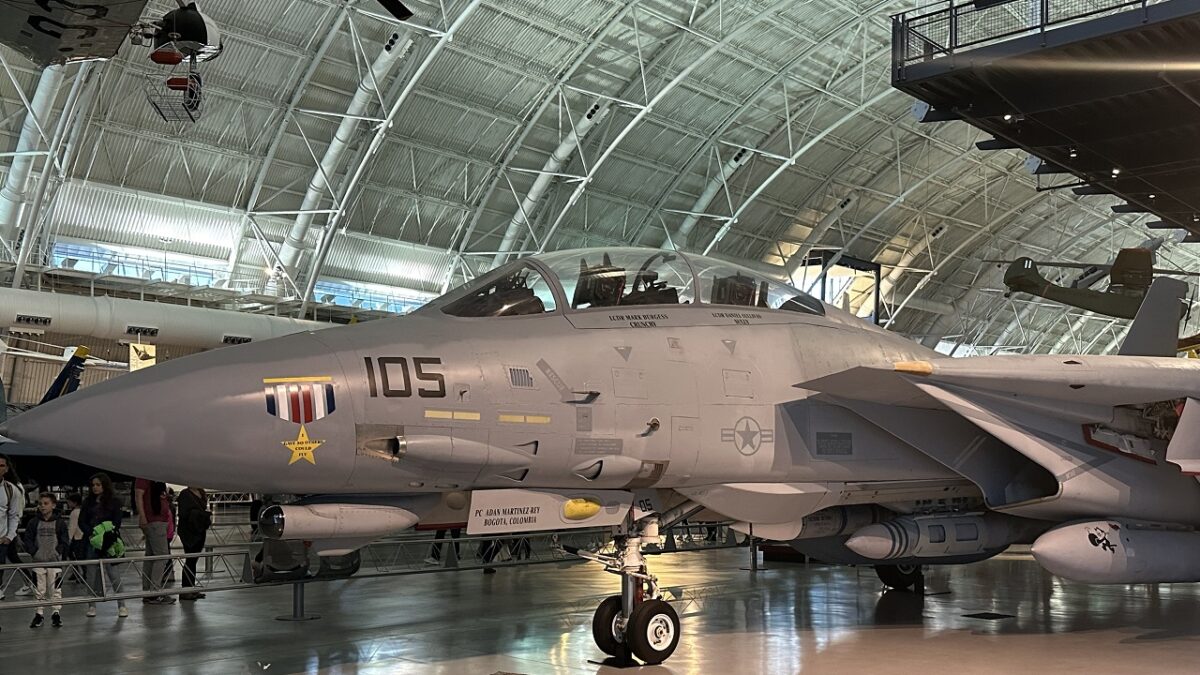
F-14 Tomcat. Image Taken at U.S. Air and Space Museum outside of Washington, D.C. Image Credit: 19FortyFive.com
Alex Hollings is a writer, dad, and Marine veteran who specializes in foreign policy and defense technology analysis. He holds a master’s degree in Communications from Southern New Hampshire University.

